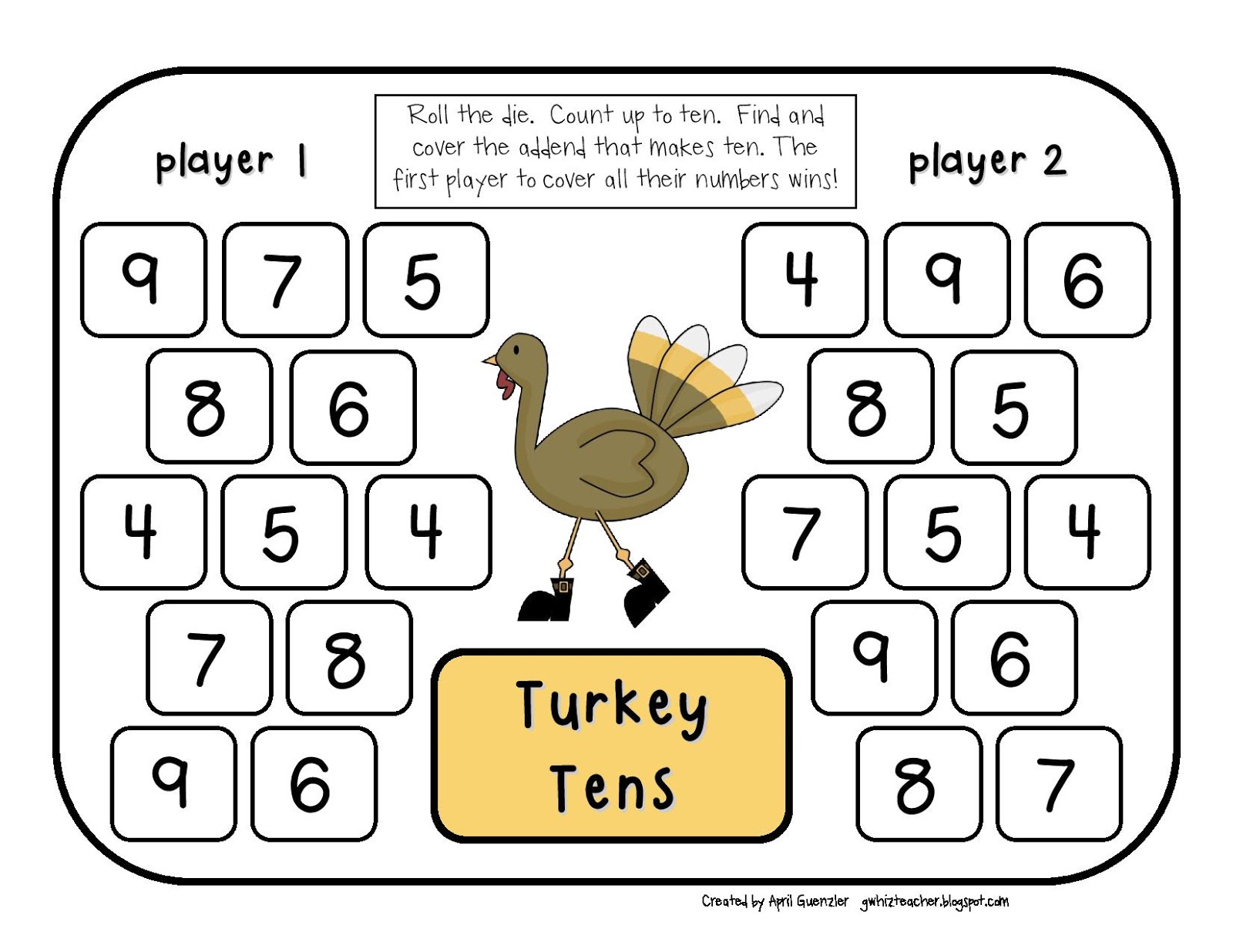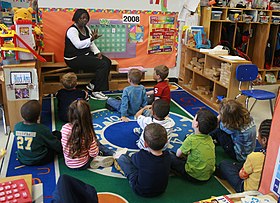
Counting can be a fun and engaging way for students to improve their counting skills. These games can be played using numbers and can be adjusted to suit different levels of difficulty. They can be played in a variety of settings, from math centers to small groups. You can also use them with your children to teach them counting skills.
Dot card games
Dot card counting involves the use of dots cards. They are usually colored and contain numbers from 1 to ten. They can be arranged in similar ways. For example, a dice set with green dots has them arranged in the shape a dice. While a yellow ten frame set includes dots that are arranged in a 10-frame pattern, it has dots that are arranged in a dice-shaped arrangement. The game's goal is to match up dots, and get a sum of either five or ten.
Dot card counting games can be fun and challenging for your child as they develop their math skills. These games encourage children to subitize, and ask questions about grouping dots. These games reinforce one-by-one counting skills.

Finger games
You can help your child learn math concepts early by playing finger games. They are a great way to help your child learn how numbers can be arranged, decomposed, and count. They also aid in strengthening their ability to see numbers clearly and improve their memory. They're portable and easy to use, and a great way for children to learn about the concepts of number composition.
Players take turns tapping their fingers. The player with the most fingers wins. Their opponent will have more fingers than theirs. For example, if a player has four fingers on one hand, he would need to count the other player's hand with three fingers. Once all fingers have been removed, the player who has more fingers wins.
Sequencing games
Doug Reuter created Sequence, which is a strategy game and card game. Sequence Five was the original name for this abstract strategy game. To move forward, the game requires that players each take turns to complete missions. Sequence is an abstract and challenging game that can be played with two to four people. Sequence has existed for nearly 20 years. It is still popular today.
The first part of this game requires that the player arrange events in chronological order. A list of 10 events is presented to the player. You must sort and sequence these images in an orderly fashion. This game is often used to test an employee's knowledge of company history. This game allows players to solve puzzles and practice problem solving.

Counting Activities
Counting games can be very useful in the classroom. Engaging children with counting is the ultimate goal. Participants will be able to focus on different objects and explore the fundamental concepts of counting. Participants will be able to think more than just counting sequences. They can also discuss their thinking with other people.
Counting can be a fun activity that can help children improve their number sense. Roll-andcover activities are a great way for children to learn number sense. Students count dots on a dice and cover the mat with the corresponding number. The game goes on until all numbers are covered. This type of activity helps children practice fine motor skills.
FAQ
What is an alternate school?
An alternative school aims to allow students with learning difficulties to access education and provide them with support from teachers who are qualified to meet their needs.
Alternative schools exist to offer children with special educational requirements the opportunity to learn in a normal classroom environment.
They are also provided with extra assistance when necessary.
Alternative schools are not only for those who are excluded from mainstream schools.
They are open for all children, regardless their ability or disability.
What is a trade school?
Trade schools are an alternative way for people without success at traditional higher education institutions to earn a degree. These schools offer career-focused programs that prepare students for specific jobs. These programs usually require two years of coursework. Students who enroll in them then move on to a paid apprenticeship program. Here they learn a job skill, and also receive training. Trade schools include vocational schools, technical colleges, community colleges, junior colleges, and universities. Some trade schools also offer associate degree programs.
Are there any skills that are required to excel in my chosen area?
A good level of written communication is essential if you want to be a lawyer. A nurse must have the ability to communicate well. To become an accountant, you will need strong math skills. These are just two examples. Consider all the activities you love. What job type will you have that allows you to do those things? If you want to be an engineer, you'll need to learn how to design structures and machines. Understanding basic math will be essential if you want to be successful. Business success requires a solid understanding of statistics and numbers. To be a successful teacher, you will need excellent communication skills. You must be able and willing to help others learn.
What does it take to be a teacher of early childhood education?
Early childhood educators must have specialized training. Most states require teaching candidates to get certification from state boards in order to be allowed to teach in public schools.
Some states require teachers to pass tests on subjects like math and reading.
Some states require teachers with early childhood education degrees to complete a set number of hours.
Many states have minimum requirements for teachers. These requirements are not the same in every state.
How long should I prepare for college?
The amount of time spent preparing for college depends on how much you plan to devote to your studies. It is a good idea to start college preparation courses immediately if your goal is to attend college as soon after you graduate high school. However, if you have plans to wait several years before starting college planning, then you don't necessarily need to do so until later.
It is important to discuss your plans and ideas with your parents, teachers, and other family members. They may recommend specific courses. You should keep track of which courses you took and what grades you got. This will allow you to know exactly what you need for next year.
Statistics
- “Children of homeowners are 116% more likely to graduate from college than children of renters of the same age, race, and income. (habitatbroward.org)
- These institutions can vary according to different contexts.[83] (en.wikipedia.org)
- They are also 25% more likely to graduate from high school and have higher math and reading scores, with fewer behavioral problems,” according to research at the University of Tennessee. (habitatbroward.org)
- Among STEM majors, that number is 83.5 percent. (bostonreview.net)
- They are more likely to graduate high school (25%) and finish college (116%). (habitatbroward.org)
External Links
How To
How do I apply to scholarships?
Before you apply for scholarship funding, ensure that you are eligible. Only those who meet the criteria for scholarship funding are eligible.
If you are financially disadvantaged, you may be eligible for a grant. A vocational training course is eligible to be considered for a work study program. If you are a member or a minority group, you may be eligible for a grant.
Once you have determined whether you are eligible for a scholarship type, you can apply.
You can apply online, in person, or over the phone. The type of scholarship will determine the application process.
Some scholarships require you to submit essays about yourself and why you want the money. Some ask you questions such as "Why did this major interest you?"
You will need to complete an application form for most scholarships and provide supporting documents.
The information you supply will be reviewed by your scholarship provider. If you are selected, you will be notified via email or mail.
If you are not chosen, you still might qualify for another scholarship. Contact your scholarship provider for details.